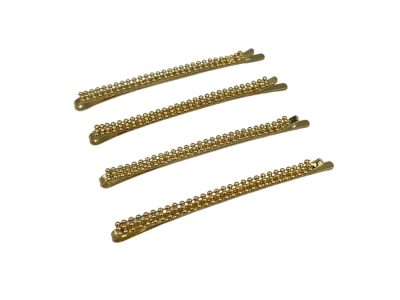New European Union border rules will soon make it more complicated for Britons to travel to the bloc.
Brussels is set to introduce the Entry/Exit System (EES), which will track border crossings of travellers from third countries.
In the long run, this should make it easier for Britons entering and leaving the bloc, but there have been a number of warnings about the potential chaos as the system is rolled out.
Here is what you need to know.
What is the Entry/Exit System (EES)?
EES is an automated IT system for registering travellers from third countries, such as the UK, entering and leaving European Union member states.
The system was originally scheduled to be introduced in 2022, but was then delayed until May 2023 before a further postponement.
The new launch date is expected between October and November this year, after the Paris Olympics.
Under the new scheme, all passengers without EU passports will be required to have their fingerprints registered and their pictures taken on arrival.
Brussels promises that it will do away with passport stamping and automate border controls, making it easier to travel to the bloc.
It will also make it simpler for border guards to distinguish whether travellers are abiding by the EU’s travel rules that allow people to stay in member states for a cumulative total of 90 days in a 180-day period without a visa or other permit.
EES will eventually work in conjunction with Etias, an Esta-style visa waiver form that will be required for travel to Europe in the future.
Where will EES be in operation?
EES will apply to people entering 25 of the 27 EU member states, as well as Norway, Iceland, Switzerland and Lichtenstein, as they are members of the bloc’s Schengen free-travel zone.
Ireland and Cyprus will continue manually stamping passports.
EES gates will be installed in the UK – at the Port of Dover, and at Eurostar and Eurotunnel terminals, where France carries out its border controls prior to travel.










